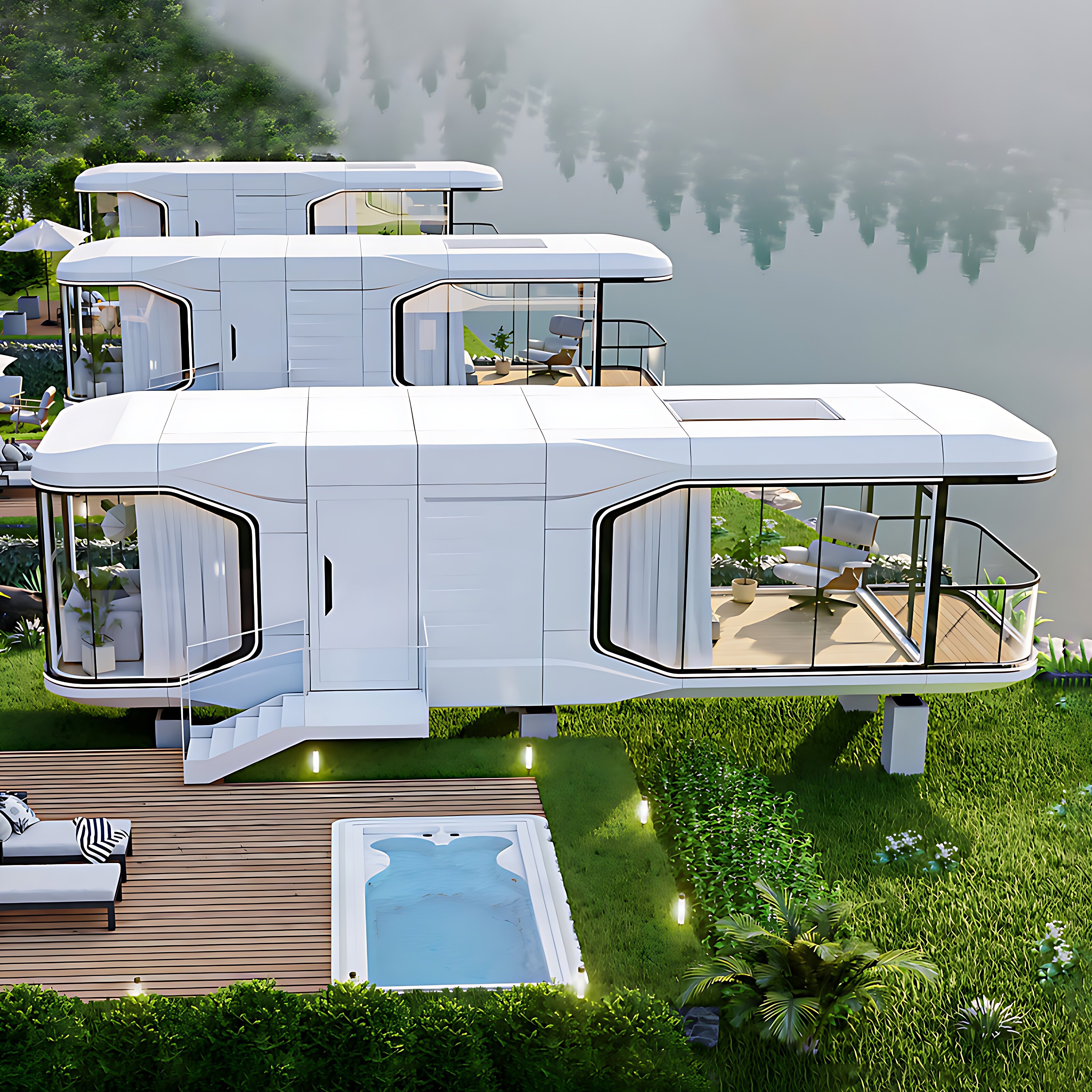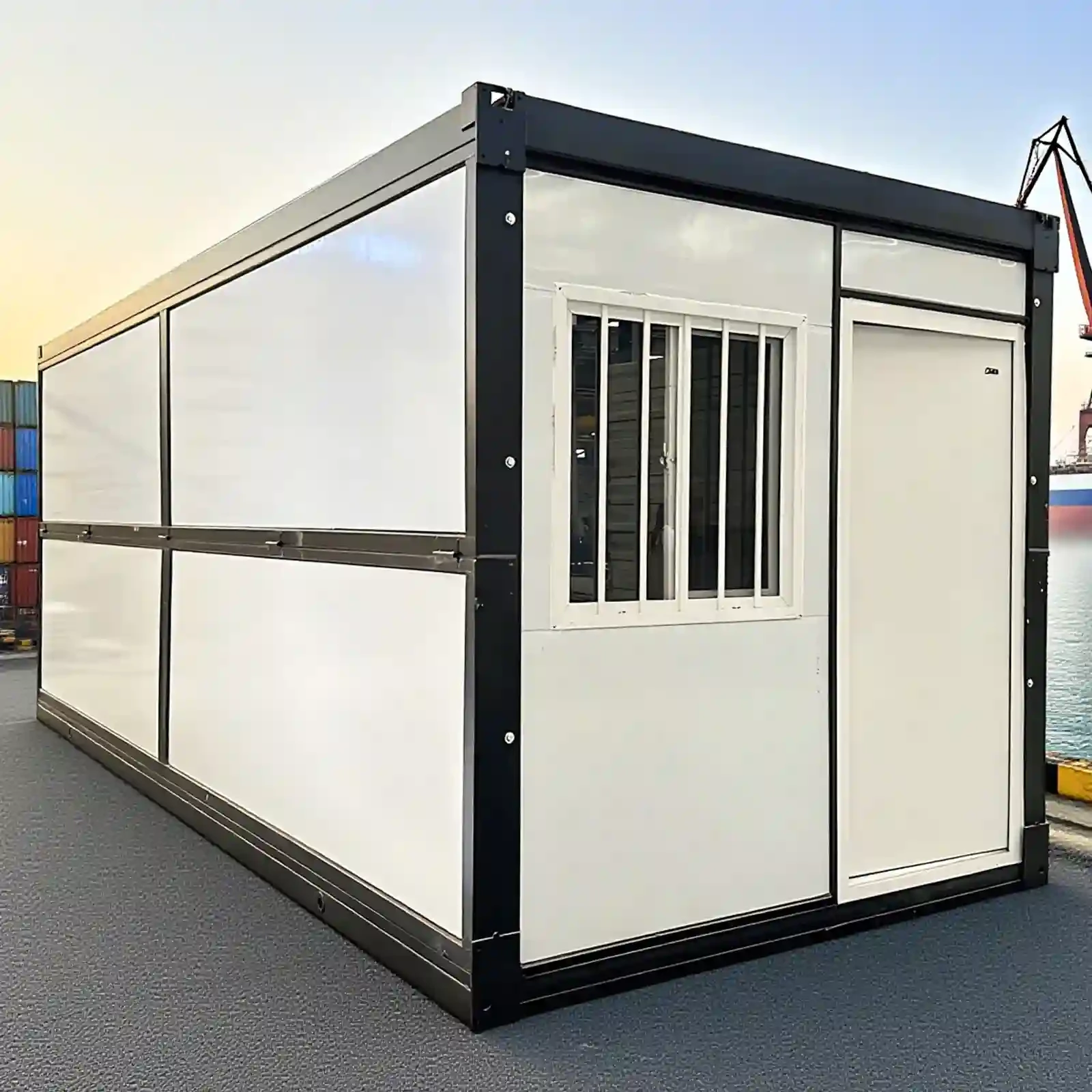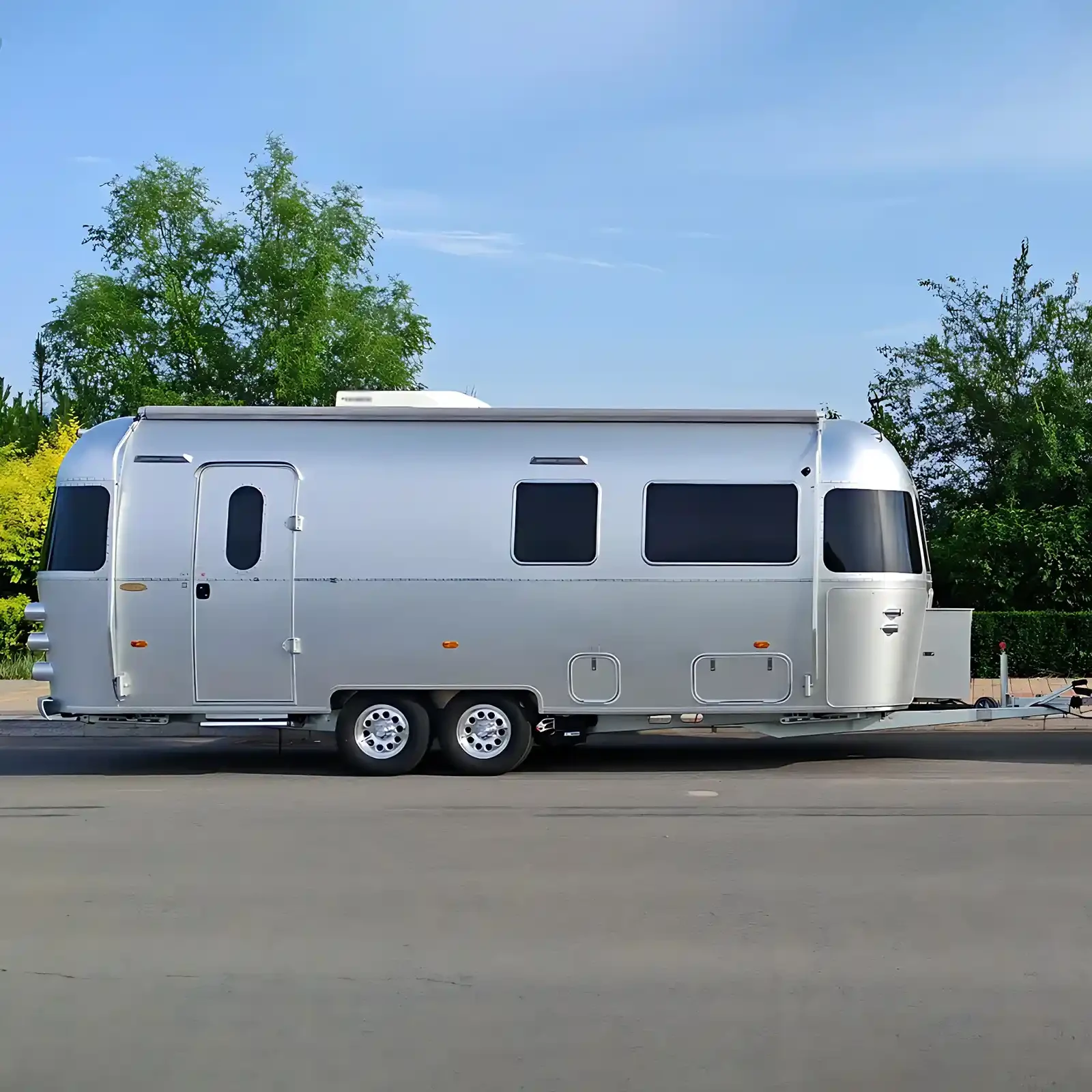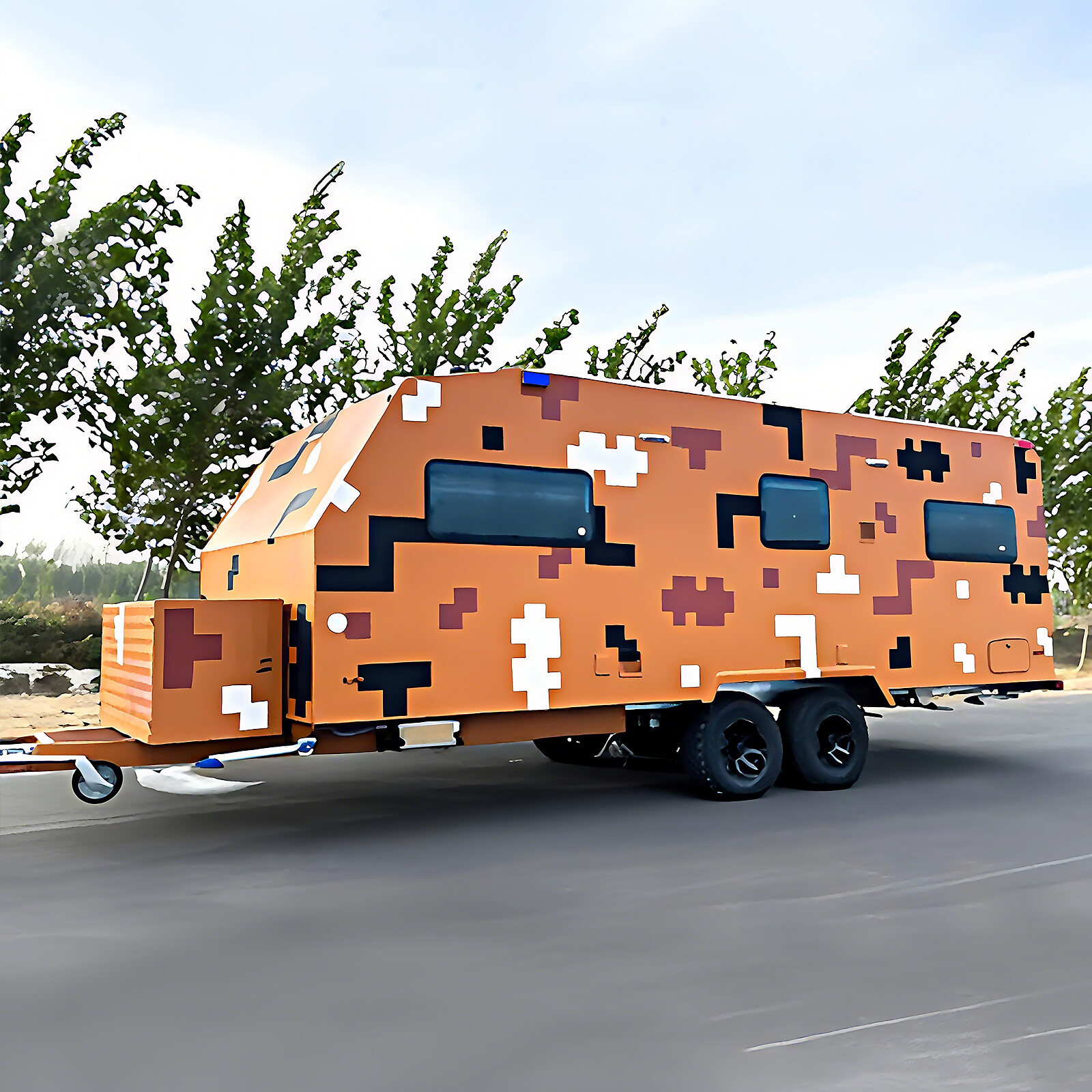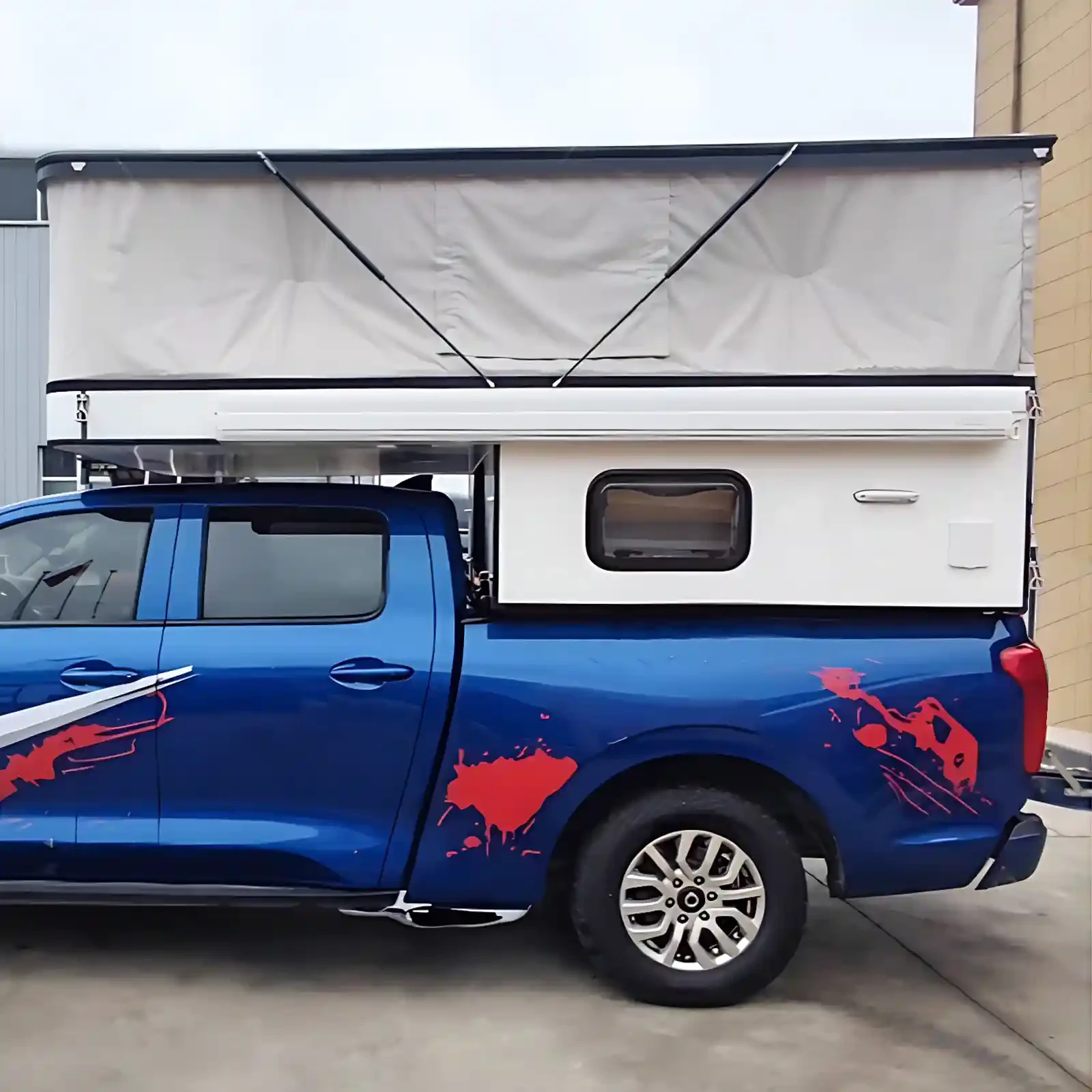In today's pursuit of personalized living experiences, capsule homes are becoming a new architectural favorite thanks to their sci-fi design and flexible design. However, these small, confined spaces can easily lead to problems such as poor air circulation and noise interference. Efficient air circulation and sound insulation are crucial to ensuring comfortable living in capsule homes. Below, we'll delve into the technology and design ingenuity behind these two aspects of capsule homes.
1. Air circulation system design of space capsule housing
(1) The core role of mechanical ventilation system
Space capsule housing is usually equipped with a mechanical ventilation system, which acts as a "breathing system" for the housing, replacing and circulating air through fans, ducts, and vents. There are two common mechanical ventilation methods: one-way flow ventilation and two-way flow ventilation. The one-way flow ventilation system uses an exhaust fan to expel the dirty air in the cabin, creating a negative pressure inside the cabin. Fresh air from the outside naturally flows in through the air inlet due to the pressure difference. This method has a simple structure and low cost, and is suitable for scenarios where ventilation requirements are not extremely high. The two-way flow ventilation system is more complex and efficient. It has both an intake fan and an exhaust fan, which can actively deliver fresh air into the cabin while expelling dirty air, achieving forced air circulation and effectively improving ventilation efficiency.
(2) Air purification and conditioning function
To further improve air quality, capsule homes often integrate air purification modules into their ventilation systems. These modules can filter out particulate matter such as dust, pollen, and smoke from the air, while also removing harmful gases such as formaldehyde and benzene, and absorbing odors, keeping the air in the cabin fresh at all times. In addition, some high-end capsule homes are also equipped with temperature and humidity control devices, which precisely control the temperature and humidity of the cabin air through air conditioners, humidifiers, dehumidifiers, and other equipment to create a comfortable living environment for residents. For example, in the hot summer, the air conditioning system delivers cool air into the cabin, while the ventilation system continuously refreshes the air to avoid the stuffiness caused by the enclosed space; in the dry season, the humidifier increases the humidity of the air to prevent residents from feeling uncomfortable due to dry air.
(3) Auxiliary design of natural ventilation
In addition to mechanical ventilation, capsule homes also emphasize natural ventilation. By properly placing openable windows, skylights, or vents, air can circulate through natural convection under favorable weather conditions. For example, a skylight is installed at the top of a capsule home. Using the principle of thermal compression ventilation, hot air rises and is discharged through the skylight, while cooler air from outside enters through the windows or vents below, creating a natural air cycle. This natural ventilation method is not only energy-efficient and environmentally friendly, but also allows residents to feel close to nature.
2. Sound insulation technology and measures for space capsule housing
(1) Selection and application of sound insulation materials
The walls, floors, and ceilings of space capsule homes typically utilize a multi-layer composite structure filled with high-efficiency sound-insulating materials. Common sound-insulating materials include glass wool, rock wool, and sound-absorbing panels. Glass wool and rock wool have a porous structure that effectively absorbs sound. When sound waves enter these materials, they are continuously reflected and refracted within the pores, gradually dissipating the energy and achieving the desired sound insulation effect. Sound-absorbing panels, on the other hand, utilize special surface treatments and internal structural designs to enhance their absorption and reflection capabilities. For example, wooden sound-absorbing panels not only provide excellent sound insulation but also add a natural and warm atmosphere to space capsule homes. In terms of wall construction, a double-layered wall with sound-insulating material sandwiched between them significantly improves sound insulation compared to single-layered walls.
(2) Sealing and shock absorption design
Good sealing is crucial for soundproofing. The capsule houses utilize high-quality sealing strips and materials on doors and windows to ensure seamless sealing when closed, preventing outside noise from entering the cabin through these gaps. Furthermore, to reduce noise generated by equipment operation, air conditioners, fans, and other equipment are equipped with vibration-damping pads or brackets to reduce the noise generated by equipment vibration being transmitted to the structure. Furthermore, sealing and vibration-damping measures are implemented where pipes pass through walls and floors to prevent the transmission of noise caused by pipe vibration.
(3) Spatial layout and acoustic design
Reasonable spatial layout and acoustic design also help improve sound insulation. Noise-sensitive areas such as bedrooms and rest areas should be located away from noise sources (such as roads and mechanical equipment). Partitions should be installed between different functional areas or decorative materials with good sound insulation should be used to reduce sound interference between areas. In terms of acoustic design, by optimizing the shape of the interior space of the capsule house and the reflection coefficient of the surface material, the propagation path and reflection of sound can be controlled, avoiding acoustic defects such as echoes and standing waves, further improving the quietness of living.
Through a carefully designed air circulation system and diverse sound insulation technologies, capsule homes effectively address air circulation and noise issues within confined spaces, creating a comfortable and quiet living environment for residents. With continued technological advancement and innovation, future capsule homes are expected to achieve even higher performance in air circulation and sound insulation, providing a superior living experience.

 USD
USD
 GBP
GBP
 EUR
EUR
